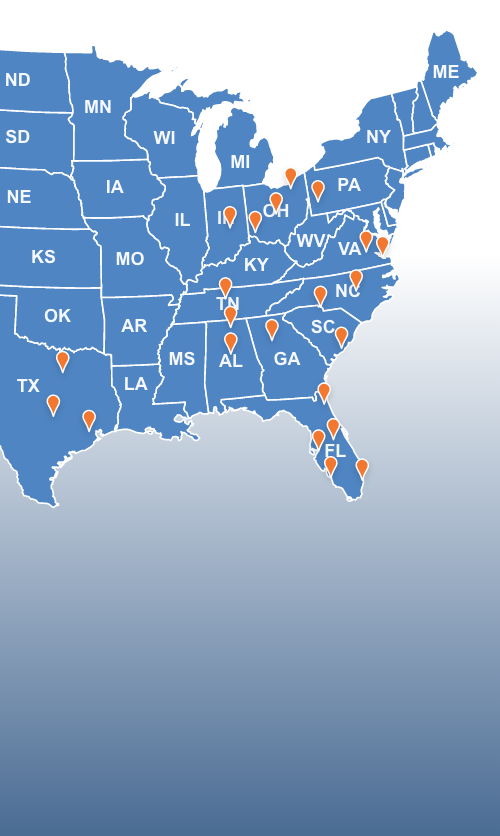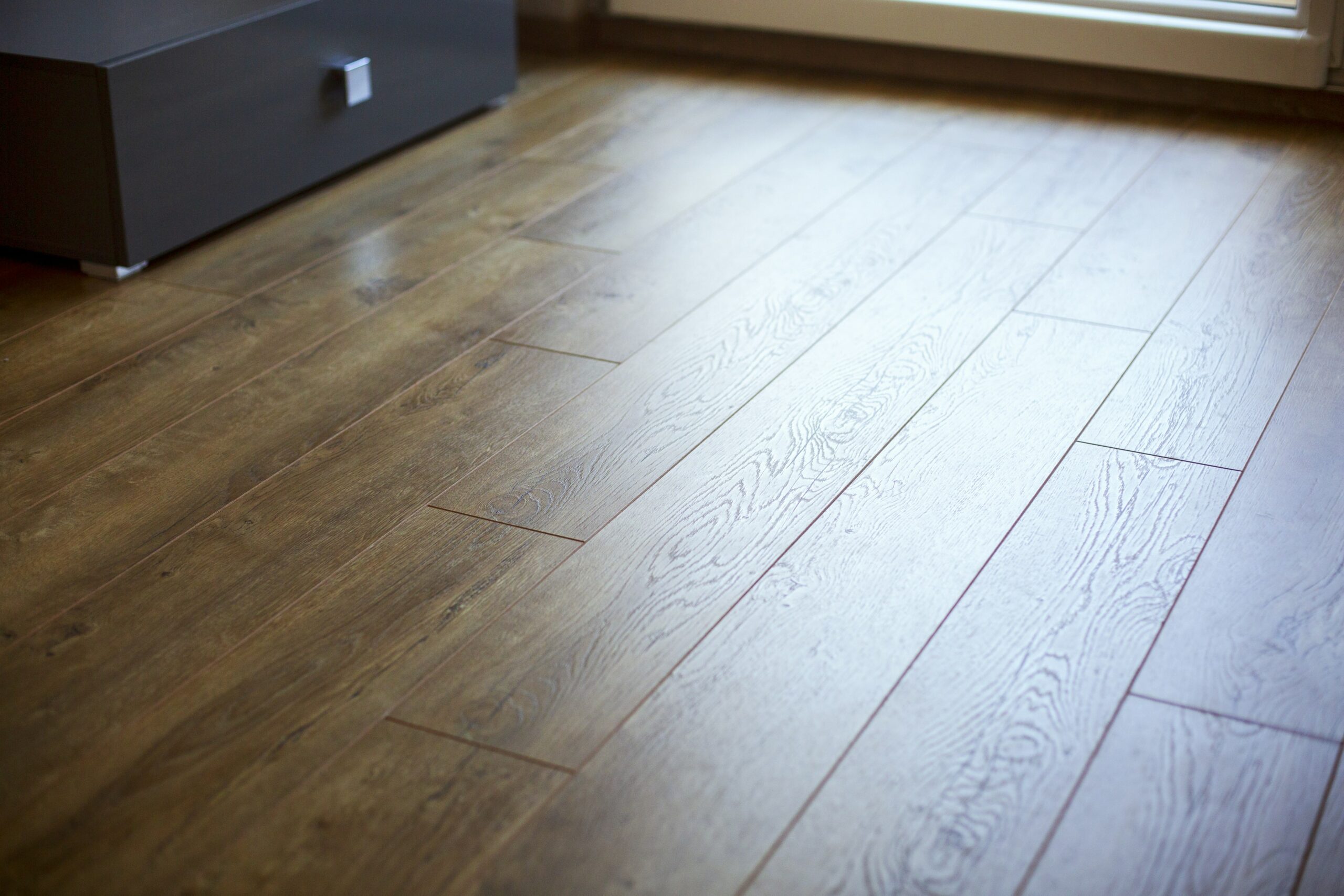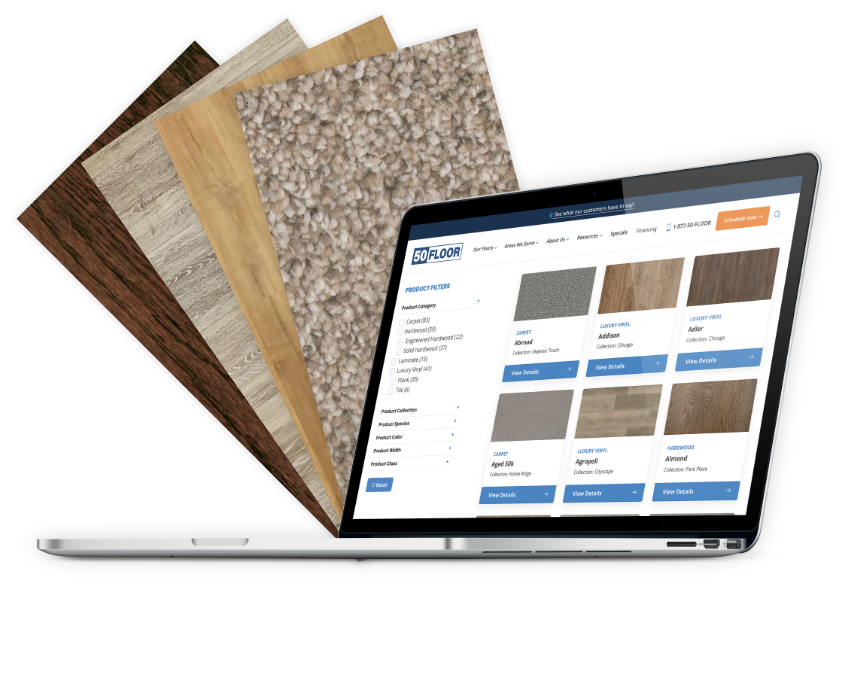Yes, it is.
Laminate is also an affordable option for parents looking for high-end flooring without the high cost.
Laminate flooring can be a good option for homes with kids. It is durable and easy to clean. These qualities make it suitable for busy households.
If you’re planning to get your own laminate floor, here are some things to consider.


Health Concerns
Laminate flooring can emit volatile organic compounds (VOCs). These chemicals can impact indoor air quality. Formaldehyde is a common VOC found in laminate, used in the adhesive layers of the flooring.
Exposure to formaldehyde can pose health risks. Children are more vulnerable due to their developing bodies. Symptoms include eye, nose, and throat irritation. Prolonged exposure may lead to respiratory issues and other serious conditions.
Government regulations set limits on formaldehyde emissions. In the US, the California Air Resources Board (CARB) has strict standards. CARB Phase 2 compliance requires that formaldehyde emissions do not exceed 0.05 parts per million (ppm). The EPA also enforces similar standards nationwide.
To identify low-emission laminate products, look for certifications like GREENGUARD or FloorScore. These labels indicate that the product meets low-emission criteria.
Another health aspect to think about is allergens. Laminate floors do not trap dust and pollen like carpets do. This is a great option if you have children with allergies or asthma.
Choosing hypoallergenic laminate options helps reduce these risks. Look for laminates labeled as low-VOC or no-VOC. These products have fewer harmful emissions. Certified GreenGuard Gold laminates are a good choice. They meet strict standards for indoor air quality.
Maintaining a dust-free environment also minimizes allergens. Dust can accumulate on the surface of laminate floors. Regular cleaning is necessary to keep it under control. Use a microfiber mop to trap dust particles effectively.
Consider using a vacuum with a HEPA filter as well. HEPA filters capture small particles, preventing them from becoming airborne again. This keeps the air cleaner for your kids.


Safety Features
Laminate floors are generally hard and smooth, which contributes to their ease of cleaning and maintenance. But the smooth surface can become slippery when wet, posing a potential hazard for children who may run or play on it.
To prevent slips and falls, use rugs or mats in areas where spills are more likely to occur, such as the kitchen, bathrooms, and near entryways.
In addition to slip resistance, another safety feature to consider is the edges and corners of laminate planks. Sharp edges can cause injuries, especially to small children who may crawl or play on the floor.
Choose a plank that is smooth and has rounded edges to minimize the risk of cuts or bruises. Some manufacturers offer laminate flooring with beveled or eased edges, specifically designed to provide a safer, more child-friendly surface.
Always inspect the product details and, if possible, see a sample to confirm the safety of the edges and corners before making a purchase


Durability and Maintenance
Children playing or running can be tough on the flooring. Laminate flooring is highly resistant to scratches and dents, making it a more durable option compared to hardwood floors. This also means fewer repairs or replacements over time.
Avoid harsh chemicals when cleaning laminate floors. Products containing bleach or ammonia can cause skin irritation or respiratory issues in babies and kids. Stick to water-based cleaners that are non-toxic instead.
Aesthetic Appeal
Laminate flooring comes in different designs and looks. You can find styles that mimic wood, stone, or tile at a lower cost than natural materials. This allows you to maintain an attractive decor while staying within budget.
Choosing a design that fits your home decor can make rooms look cohesive and welcoming for your family.


Environmental Impact
Many manufacturers now offer eco-friendly options made from recycled materials. These choices help reduce waste and conserve resources.
Physical Safety: Slip Resistance and Durability
Slip-resistant surfaces are important for children. Laminate flooring can help reduce the risk of falls. Kids often run, jump, and play on floors. A slip-resistant surface can prevent accidents.
Laminate floors often feature textured finishes that enhance grip, reducing the likelihood of slipping. You should look for laminate with a high-quality wear layer. This layer adds extra grip.




Laminate Floors vs Other Child-Friendly Floors
| Feature | Laminate Flooring | Carpet | Vinyl | Hardwood |
| Durability | Resists scratches and dents, ideal for active children | Less durable, prone to wear and stains | Durable and scratch-resistant | Durable but prone to scratches from toys or furniture |
| Easy Maintenance | Spills can be wiped up quickly, easy to maintain | Requires regular deep cleaning to maintain hygiene | Water-resistant, easy to clean | Requires regular polishing and occasional refinishing |
| Affordability | Often cheaper than hardwood or high-quality carpet | Varies widely, can be expensive | Typically affordable | Expensive |
| Surface Comfort | Hard surface, uncomfortable for crawling babies or toddlers | Soft surface, ideal for young children | Softer underfoot than laminate | Hard surface, not ideal for young children |
| Slip Resistance | Can become slippery when wet, posing a fall risk | Good traction, less slippery | Good traction, less slippery | Better traction than laminate when dry |
| Allergen Concerns | Does not trap dust and allergens | Can trap dust and allergens, potential respiratory issues | Can emit chemicals like phthalates | Does not trap dust and allergens |
| Water Resistance | Not as water-resistant as vinyl | Not water-resistant | Highly water-resistant | Not water-resistant |
| Cost | Affordable | Varies widely | Affordable | High cost |
| Design Options | Variety of designs available | Limited to carpet designs | Mimics wood or stone designs | Natural look and feel, highly desirable |
| Chemical Safety | Generally safer, but check for low VOC emissions | Generally safe, but can harbor allergens | Potential chemical concerns (phthalates) | Generally safe, natural material |
GET INSPIRED
Flooring to MATCH YOUR STYLE

















